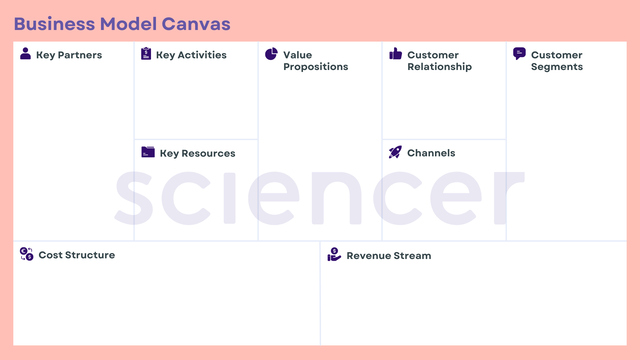What is the secret to a strong kick-off for next year?
Preparation, starting at least a few months ahead of time. The best strategic plans start with the executive management team getting together to develop a shared vision and group-wide goals for the new year. That strategic plan is the basis from which the organization’s strategies will flow. In other words, the vision, goals, and strategies will flow down to the next level of management.
Why Start Your Strategic Plan Months Before Your Fiscal Year Begins?
Companies who start their strategic planning after the new year put themselves at a huge disadvantage. Late planning means that teams and individuals react to the fire drill of the day as opposed to proactively tackling the right set of priorities.When you don’t plan ahead, you lose valuable selling time and put Q1 at risk.
Additionally, there are a lot of dependent groups who need to be on the same page so the entire organization is pointed in the same direction. If you work in a multi-tiered or complex organization, it takes time for the details to reach all levels so each team can create their relevant strategies that support the overall vision and goals.
Finally, a benefit of early planning is leaving room for contingencies. If something goes wrong or needs to be changed, you’ll have time to adjust before the new year actually begins.
Make a Business Model Canvas
What is a Business Model Canvas?
The Business Model Canvas (BMC) is a strategic management tool to quickly and easily define and communicate a business idea or concept.
It is a one-page document that works through the fundamental elements of a business or product, structuring an idea in a coherent way.
The left side represents the business itself (internal factors) meanwhile the right side showcases external factors, such as the customer side.
When do you need a BMC?
Short answer: at any point of the business, regardless of development.
It helps you and the organization:
- To quickly draw a picture of what the idea entails.
- It gives an understanding of your business and goes through the process of connection between what the idea is and how to make it into a profitable business.
- It explores the kinds of customer decisions that influence the use of your systems.
- It shows a clear idea of what the business will likely be.
Steps to Make a Business Plan
- AGREE ON AN EXECUTIVE STRATEGY
The executive team should sit down to build a shared vision (the “why”), company-wide objectives (the “what”), and key strategies (the “how”). This exercise ensures that you hear multiple viewpoints and get buy-in and accountability. List all of the potential priorities and narrow that list down to a critical few. These top priorities will serve as the foundation for all other objectives and strategies.
Your priority list will give you a head start on aligning resources and making investments. After all, there is no such thing as an unlimited budget or unlimited people, so consensus is essential.
Ask these questions as part of your executive planning session:
- What are our target geographies?
- What are our target customer segments (Enterprise, Large, Mid-Market , Small, or Consumer)?
- Which products will we focus on?
- Which industries will we focus on?
- SHARE YOUR KEY PRIORITIES
Once this high-level set of objectives and strategies is complete, the next step is to roll it out to the next level of your business leaders. Using these pre-defined priorities, they’ll build their own strategic plan.
Now that each “level” of manager in each department will start with the same priorities, you know that each team and individual will contribute to the overarching strategy.
By following this process, you’ll communicate a consistent strategy to every employee and ensure the entire company is pointed in the same direction.
Without this cascading alignment (when every group is left to create their own objectives and strategies in a vacuum), you may see a lot of action, but your employees will be working in multiple — and possibly competing — directions. For example, your sales team might be focused on revenue while product management is focused on profit. Or, marketing may be focused on the very solutions that the product management team is planning to phase out.
The bottom line:
Multiple strategies = no strategy
- GET SPECIFIC
Now that each team has developed their strategy, and you’re confident it all cascades down from the overarching one, they need to complete the rest of the strategic plan:
What are the critical dependencies?
People: Who else needs to know this and how will we gain agreement?
Resources:investments, tools
What potential obstacles might come up?
How could we plan ahead to mitigate each of those obstacles?
What metrics will we use to track progress?
Leading indicators
Lagging indicators
Milestones
The Strategic Plan is complete. Are we good?
Not exactly, now it’s time to communicate, communicate, and then communicate some more.
Your goal is to reiterate and reinforce your objectives and strategies. Your communication plan should ensure consistency (“on message”), frequency (x times per month), timeliness (relevant information), and transparency.
Consider the stories you can use to point out successes from different teams, positive customer experiences, or competitors you’ve displaced.
Communicate in this way with both your internal audience as well as for your partners. Create opportunities for questions and conversation.
The most successful companies make iron-clad plans, based on a common set of objectives and strategies, that they communicate over and over again throughout the entire organization. When an entire company is pulling in the same direction, amazing results happen.
Source: Carrie Maslen





